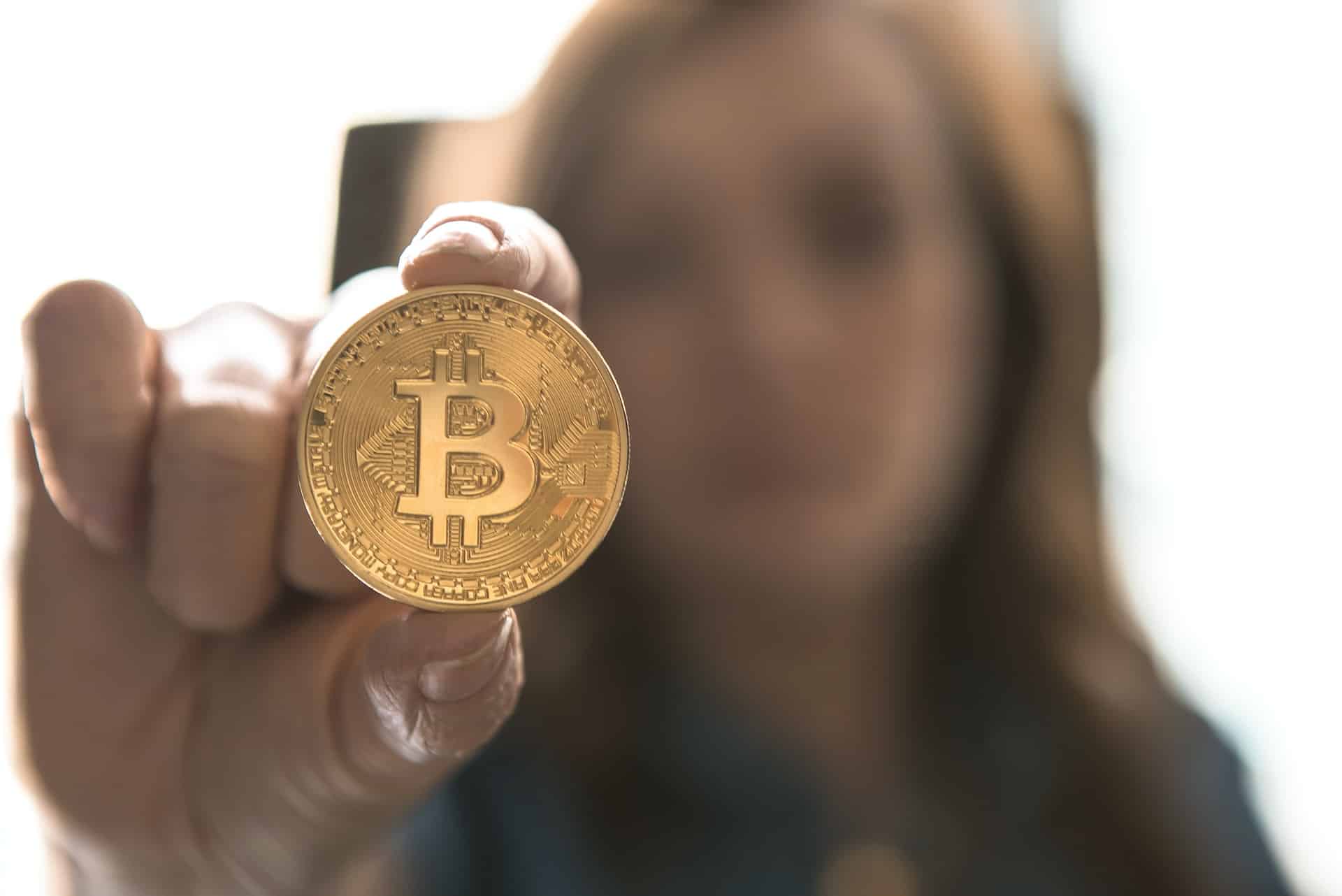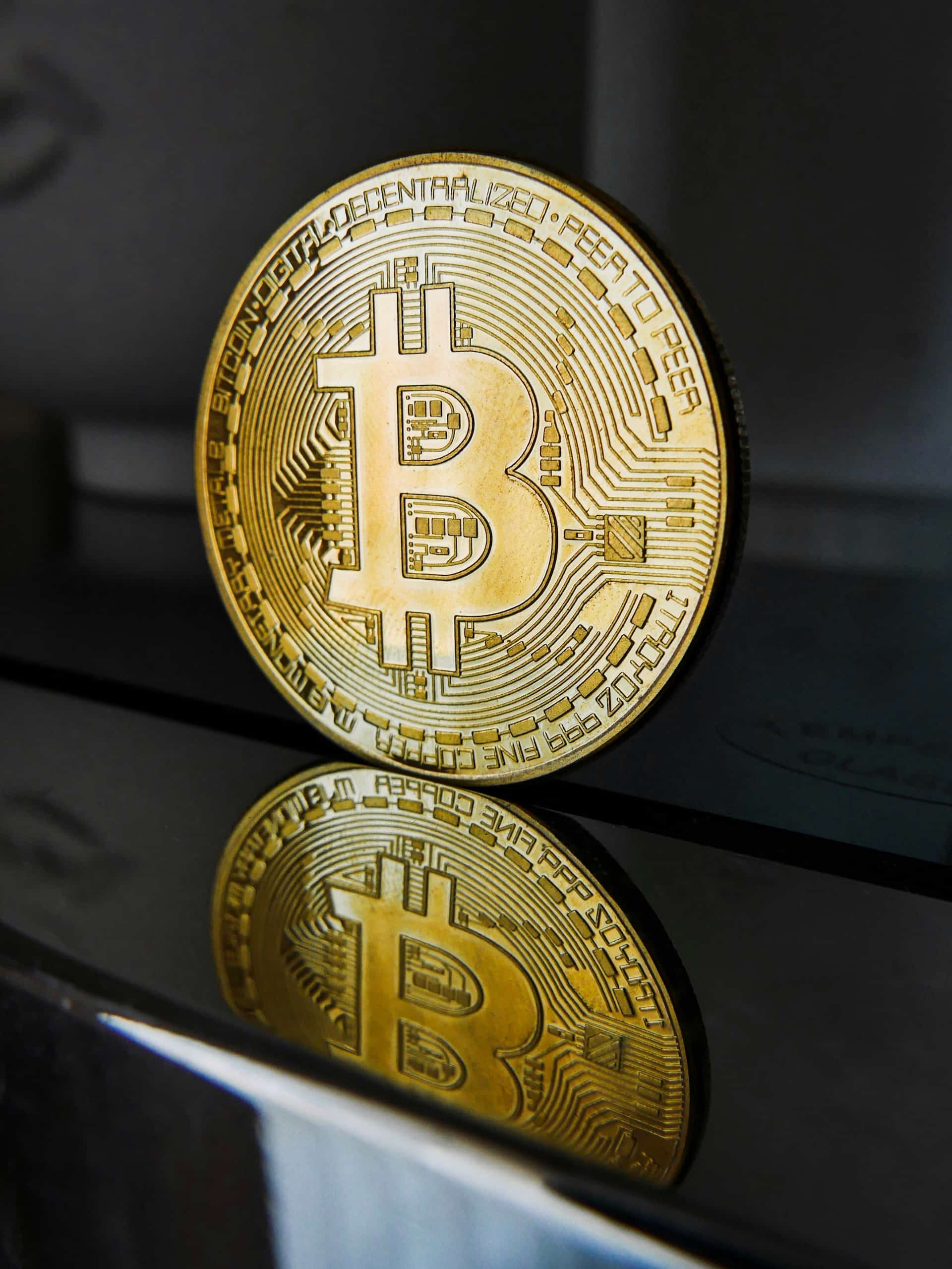Bitcoin is an exciting and promising investment, so if you want to build a profitable portfolio, take advantage of this opportunity to grow your wealth. Nevertheless, the cryptocurrency’s future remains uncertain, so it’s recommended to be circumspect about its moves.
The next halving is expected to occur in 2024, and it could have an impact on Bitcoin price, as the number of new coins generated by the network will be reduced.
Even if you’re a short-term trader, making one decision after the next, it’s necessary to plan carefully and act deliberately. It’s impossible to know with certainty where Bitcoin will head next, but let’s not forget that it’s known for its resilient nature.
As an investor, you may want to add BTC to your portfolio for various reasons, including enhanced returns, increasing risk diversification, and hedging against inflation. Here’s a look at the five main methods of buying Bitcoin.
IMAGE: UNSPLASH
Cryptocurrency Exchanges
A cryptocurrency exchange is a web-based platform that allows customers to buy and sell cryptocurrencies (what else?) or exchange one cryptocurrency for another (or for conventional fiat money). Simply put, a cryptocurrency exchange acts as an intermediary between the buyer and seller.
If you’re eager to add Bitcoin to your portfolio, there’s a crucial step before doing so. More exactly, you must understand there are two types of cryptocurrency exchanges: centralized and decentralized.
Centralized exchanges are some of the most common vehicles for transacting, providing users security and monitoring, not to mention helping them find trading partners.
As opposed to centralized exchanges, decentralized exchanges leverage blockchain technology or distributed ledgers. Transactions take place between crypto traders, without intermediaries, using smart contracts. You retain full control of your wallet’s private keys, so you can immediately access your crypto balances after logging into your account.
You don’t have to submit personal information such as name and address, which is good news if privacy is incredibly important to you. One thing you’ll not want to overlook is liquidity.
In other words, you should be able to sell your BTC whenever you want, at the best price.
Bitcoin ATMs
You can purchase Bitcoin from an ATM with deposited cash. A traditional ATM connects the user to their bank account to perform various services, while a Bitcoin ATM carries out blockchain-based transactions via the user’s digital wallet, more often than not, through the use of a QR code.
Basic units allow you to withdraw Bitcoin and receive updated account balances, but the more complex machines allow you to buy and sell BTC.
Bitcoin Atms can also be used to send transfer tokens to another person, so instead of entering your wallet address, enter the wallet address of the person you want to send Bitcoin to. As of November 2022, there are approximately 39,000 Bitcoin Atms worldwide.
ETFs
ETF is an acronym, and it stands for exchange-traded fund, a type of investment security that operates much like a mutual fund. The fund doesn’t invest in Bitcoin directly but in futures contracts for BTC; its price fluctuates with the price of Bitcoin.
Instead of trading on a cryptocurrency exchange, the ETF trades on a market exchange that centralizes the communication of bid and offer prices to all participants.
A Bitcoin ETF is most likely regulated and, therefore, eligible for tax efficiency, so you’ll pay the least amount of taxes required by the law. Attention must be paid to the fact that regulation doesn’t mean risk-free, so carefully consider how this investment would fit in your overall portfolio.
Peer-To-Peer Payment Apps
Peer-to-peer payment apps like PayPal allow customers to buy BTC using their balance or a linked debit card. You can purchase, sell, and store Bitcoin directly on the app.
Select one of the pre-suggested amounts when you buy cryptocurrency or enter your desired amount manually; you’ll be warned about the risks before finalizing the transaction.
To create an account, you must verify your identity using your passport, driving license, or other similar documents, but don’t worry, as this doesn’t take too long. Once you’ve linked your bank account, you can buy Bitcoin quickly and conveniently.
Bitcoin Wallets
Last but not least, you can buy BTC within the wallet app. There’s no perfect solution as regards Bitcoin wallets, as each type has different strengths, purposes, and trade-offs. Simply put, it’s up to you to figure out what works best for you.
Pick an app and download it onto your desktop or mobile device, create a security method (password or facial recognition), and write down your seed phrase because you won’t be able to access your funds without it. Payment methods include bank transfers and credit/debit cards.
If you buy Bitcoin directly from a friend, take into account the network fee; if you pay with a credit/debit card, you must factor in those fees too.
For better compatibility, you should consider purchasing a stablecoin like Tether or Binance USD, and use those crypto holdings to buy Bitcoin. You have about a minute to confirm your order at the current price – after that, your order will be recalculated.
To better estimate value when trading Ripple, using an XRP calculator can simplify conversions and reduce guesswork during portfolio adjustments.
The fact that BTC fluctuates so much is a clear sign it’s not a good idea to invest your entire life’s savings. Set aside a small sum of money you’re willing to part with, like your coffee money for the week.
You should always remain skeptical when receiving outside messages about your Bitcoin wallet.
Final Thoughts
Bitcoin can increase your investment portfolio’s returns, even if it comes with substantial volatility. To make the most of your foray into the digital world, research is a must, so make sure you understand what you’re getting yourself into before making the first trade.
The return on BTC in your portfolio should be enough to justify the Bitcoin allocation size. Most importantly, past performance isn’t an indicator of future results, as indices and benchmarks are unmanaged.
Each person’s situation is unique, which means your investment decisions should align with your objectives, risk constraints, and liquidity needs. It’s advisable to start low, with just a 1% investment in Bitcoin and the remaining of your portfolio in stocks.
Disclaimer: The above references an opinion of the author and is for information purposes only. It is not intended to be investment advice. Seek a duly licensed professional for investment advice. Invest responsibly and never invest more than you can afford to lose.
IMAGE: UNSPLASH
If you are interested in even more business-related articles and information from us here at Bit Rebels, then we have a lot to choose from.


COMMENTS